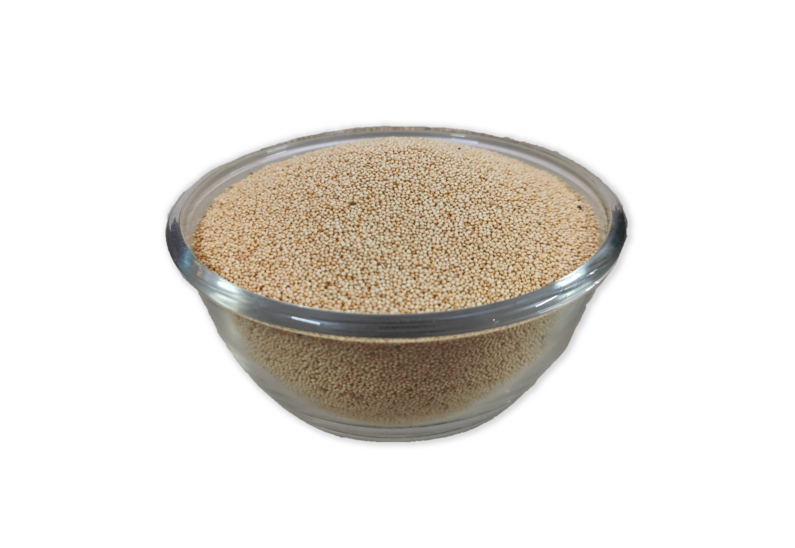Amaranth millet
Amaranth millet, often referred to simply as amaranth, is a highly regarded grain grown in various regions of the world, particularly in Asia, Africa, and South America. It is celebrated for its taste, texture, and nutritional value.



growing conditions

Climate
Amaranth is highly adaptable and can grow in both tropical and subtropical climates. It thrives in warm weather but can also withstand cooler temperatures. Ideal temperatures for amaranth millet range from 20°C to 30°C , but it can tolerate higher temperatures in dry climates.

Watering
Plants are drought-tolerant and can Moderate. Although amaranth is drought-tolerant, consistent moisture is required during germination and the vegetative stage for better crop performance.

Soil
Amaranth can grow in a wide variety of soils, from sandy loam to clay, but it prefers well-drained, loamy soil with organic matter. The optimal soil pH for amaranth is between 6.0 and 7.5. While amaranth is a low-maintenance crop, adding compost or organic fertilizers can help improve yields.

Planting
Seeds are sown directly into the soil. The ideal planting depth is around 1-2 cm. Seeds are usually planted with a spacing of 15-30 cm between plants to allow room for growth.

Harvesting
Amaranth is typically harvested 90-120 days after planting when the seed heads have fully matured and turned a golden-brown color. Harvesting can be done manually or by machine. Seeds are typically collected by cutting the seed heads and threshing to remove the grain.
Nutritional facts(100 gm)
- Calories: 371 kcal
- Carbohydrates: 65.3 grams
- Fiber: 6.7 grams
- Protein: 13.6 grams
- Fat: 7.0 grams
- Vitamin B6: 0.6 mg
- Vitamin E: 1.19 mg
- Iron: 7.6 mg
- Magnesium: 248 mg
- Potassium: 508 mg
- Phosphorus: 557 mg
- Zinc: 2.9 mg






